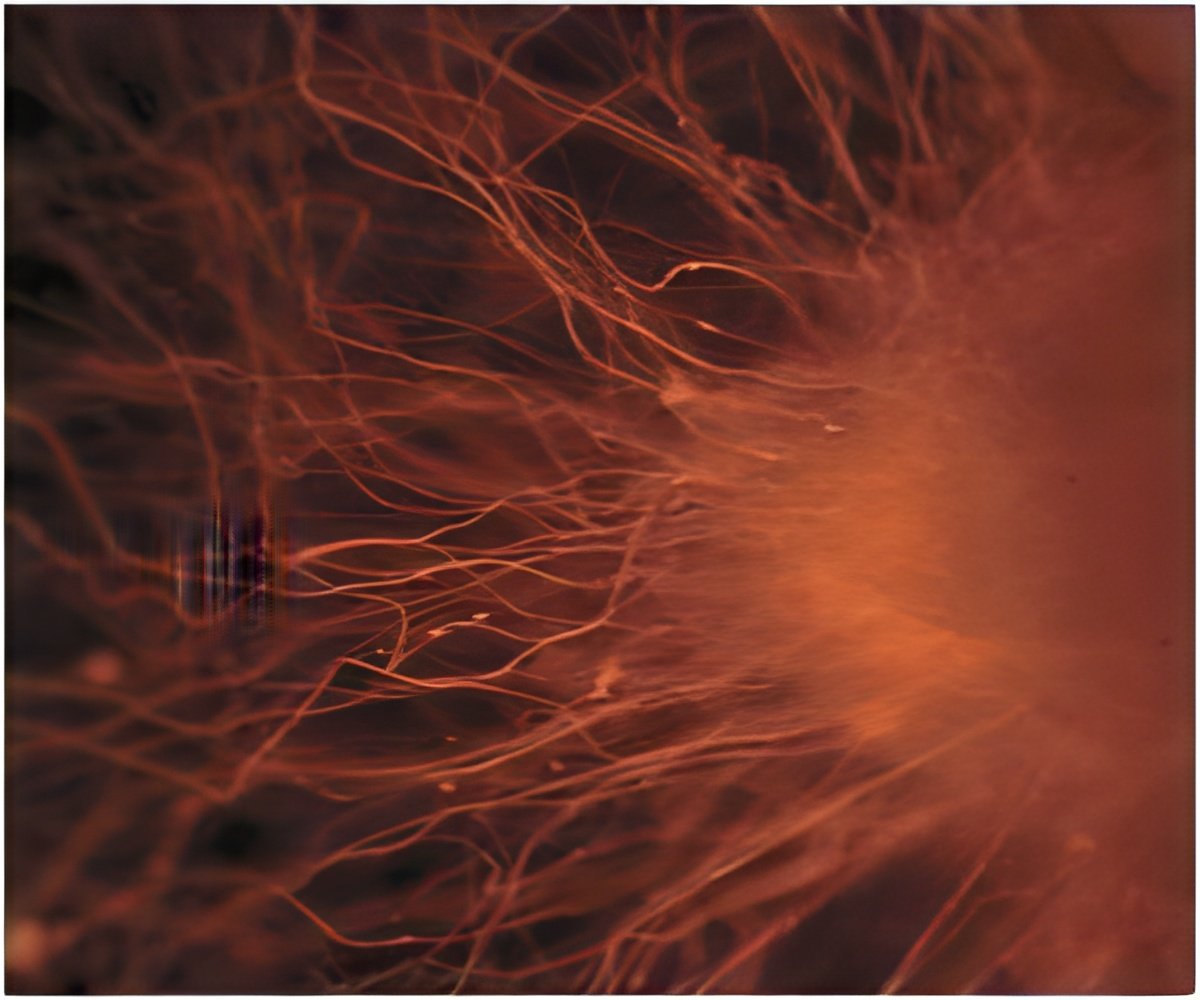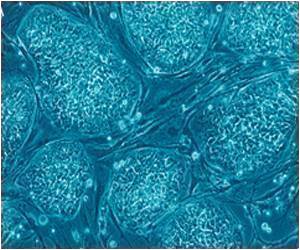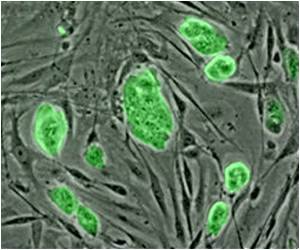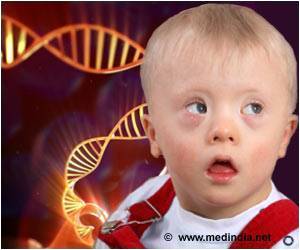A process that isn't understood well is the ability of embryonic stem cells to differentiate into different types of cells with different functions.

Embryonic stem cells go through a process called self-renewal, wherein they undergo multiple cycles of division while not differentiating into any other type of cells. This process is dependent on three protein networks, which guide both self-renewal and eventual differentiation. But the integration of these three networks has remained a mystery.
Using a combination of genetic, protein-oriented and physiological approaches involving mouse embryonic stem cells, the team—which also included current and former Carnegie scientists Junling Jia, Xiaobin Zheng, Junqi Zhang, Anying Zhang, and Hao Jiang—uncovered a mechanism that integrates all three networks involved in embryonic stem cell self-renewal and provide a critical missing link to understanding this process.
The key is a protein called Utf1. It serves three important roles. First, it balances between activating and deactivating the necessary genes to direct the cell toward differentiation. At the same time, it acts on messenger RNA that is the transcription product of the genes when they're activated by tagging it for degradation, rather than allowing it to continue to serve its cellular function. Lastly, it blocks a genetic feedback loop that normally inhibits cellular proliferation, allowing it to occur in the rapid nature characteristic of embryonic stem cells.
"We are slowly but surely growing to understand the physiology of embryonic stem cells," Zheng said. "It is crucial that we continue to carrying out basic research on how these cells function."
Source-Eurekalert
 MEDINDIA
MEDINDIA



 Email
Email








